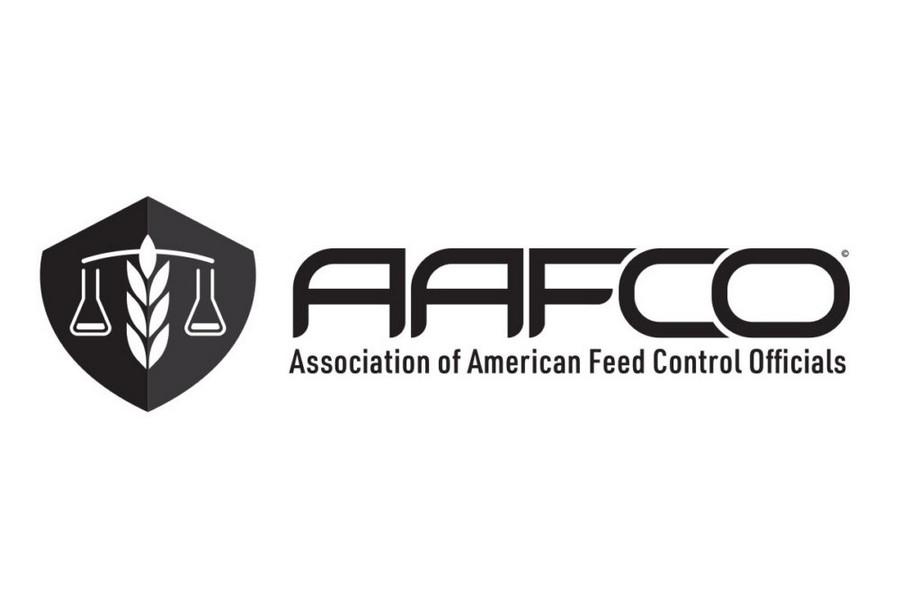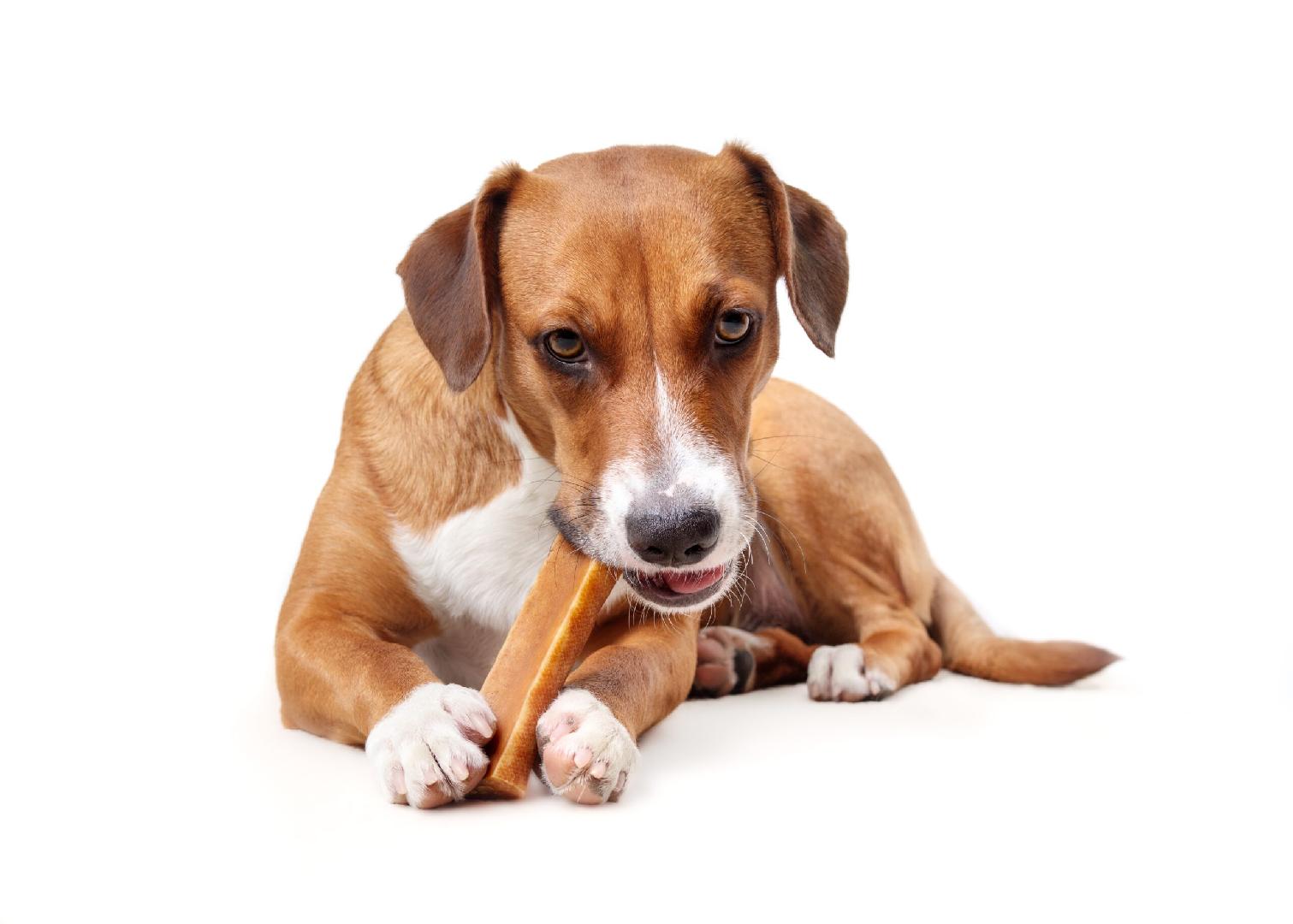Several terms and ingredient definitions changed, or were approved either tentatively or officially. Additionally, there was much discussion about low-copper and human grade claims. Read on to find out about how these changes might affect your business.
Below is a description of the terms and ingredient changes made by AAFCO.
- Freeze Dried, also known as lyophilized or cryodessicated, is now a process term. Freeze drying involves a low-temperature dehydration process where the product is frozen, brought to a lower pressure, then has its water/moisture removed via sublimation. Shelf stability is achieved via reaching a critical moisture/water activity level.
- The official definition of Black Soldier Fly Larvae Oil has been expanded to include its use in adult dog food.
- Meat and Bone Meal definition was updated and the tentative definition includes the statement, 'It is a source of protein in animal diets.' The language that was removed from the definition includes, 'It shall contain a minimum of 4.0% Phosphorus and the Calcium level shall not be more than 2.2 times the actual Phosphorus level' and the maximum crude fiber guarantee is no longer required.
- Alpha-Lipoic Acid was added to table 101.1. The ingredient received FDA-CVM's No Questions Letter, allowing its use as a nutritive antioxidant in adult dog food.
- (T60.119) Dried Cricket received a tentative definition and a motion passed to accept the ingredient. This definition will be voted on by the membership at the Mid-Year meeting next January. Most states accept tentative definitions so this ingredient will be allowed to be used in adult dog food, but there are some states that won't accept the use of dried crickets until the definition becomes official.
- There was a fascinating presentation by Mill on Dried Recovered Household Food and the motion passed to accept this as a new tentative definition for use as a poultry feed ingredient (T40.113).
Revamping Standards: Fresh Takes on Ingredients and Regulatory Practices
Common Food Index recommendations were passed for immediate inclusion in the OP and ODI. It includes a list of ingredients that are considered common or usual and can be utilized in pet food. Some examples include: shiitake mushrooms, asparagus and cherries.
The protocol for accepting GRAS (Generally Recognized As Safe) ingredients has been revised. Once the FDA No Questions letter notice is published, it may be presented to the IDC for inclusion in section 101 at the next scheduled IDC meeting. There will no longer be a need to wait for the FDA to post the redacted notice.
A workgroup was established to determine the feasibility of exempting AAFCO Ingredient Definitions from the tentative status requirement. The new Memorandum of Understanding (MOU) will include a public comment period which will allow anyone to review information earlier. There is concern that the public comment period will increase time rather than reduce time by the estimated 6 months. There will be an update at the October IDC meeting.
The Statements for Uniform Interpretation and Policy (SUIP) are under review by a workgroup within the Model Bills and Regulations Committee. SUIP 7 Chews, Bones and Toys for Pets and Specialty Pets was recommended to be incorporated into PF3(b) of the Model Bill but did not pass at this meeting. The IDC is now tasked with creating definitions for ash, acid insoluble ash, air ashed, sulfated ash, and a new feed term for rawhide.
Pet Food Committee Hot Topics
The primary discussion at the Pet Food Committee revolved around a low copper claim addition to PF10 Descriptive Terms.
(d) Low Copper A dog food that bears on its label the claim 'low copper,' 'low in copper,' or words of similar designation shall: (1) Be substantiated as nutritionally adequate for one or more life stages in accordance with Regulation PF7; and (2) Contain a maximum of no more than 15 mg copper/kg DM and no more than 3.75 mg copper/1,000 kcal of metabolizable energy; and (3) Bear on its label in the Guaranteed Analysis in accordance with Regulation PF4 a guarantee for the maximum amount of copper in the dog food.
There was significant discussion regarding this addition. Various perspectives were presented, including a suggestion to change 'low' to 'controlled' so as not to be confused with drug language or with prescription diets formulated with copper levels below the minimum required. The argument against this was it matches the current 'low calorie/low fat' claims currently permitted in PF10.
Additionally, a discussion surrounding challenges in establishing mineral tolerances occurred because there isn't data to support the numbers established by the workgroup. It was argued the amounts are lacking scientific merit and if this does move forward, the products should only be available in veterinary channels. The workgroup was charged with re-reviewing the expert panel report and deciding on language at or before the next meeting in January 2024.
Human Grade claim substantiation can continue to be submitted to each individual state or brands can choose to participate in the Process Verified Program (PVP) through the USDA Agricultural Marketing Service. USDA has received several inquiries; however, no company has received approval.
The main challenges include development of the Quality Management Systems (QMS) manual and the PVP requirements. It was mentioned that companies were not aware of the cost, which is $155 per hour, plus travel costs. If a company does choose to go this route, annual re-substantiation is required. The workgroup is seeking volunteers to join and offer more guidelines or educational information on the process.
by AAFCO
You could be interested: Natural ingredients in Petfood: Glycerine replacement with AMN CarryMoist®































